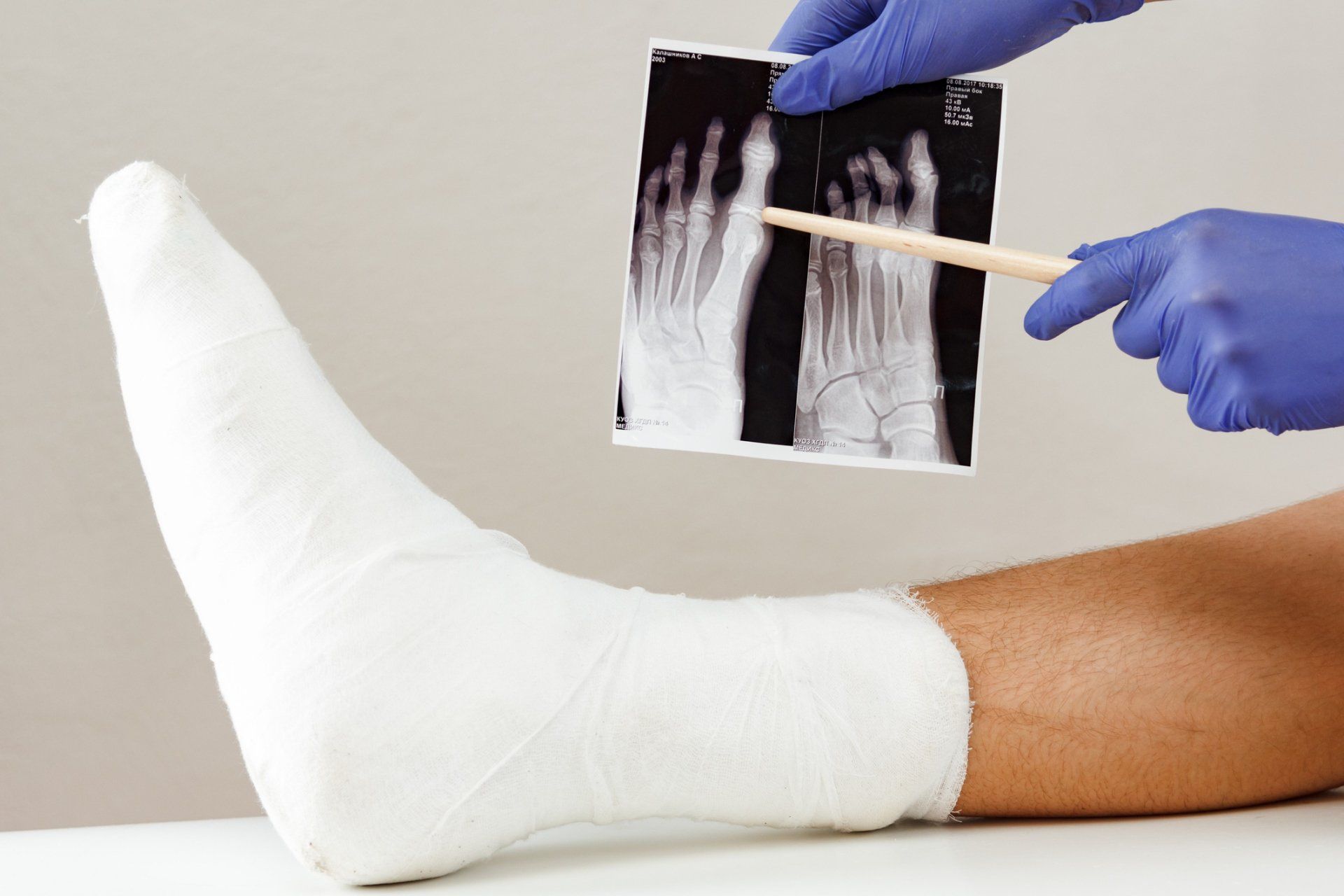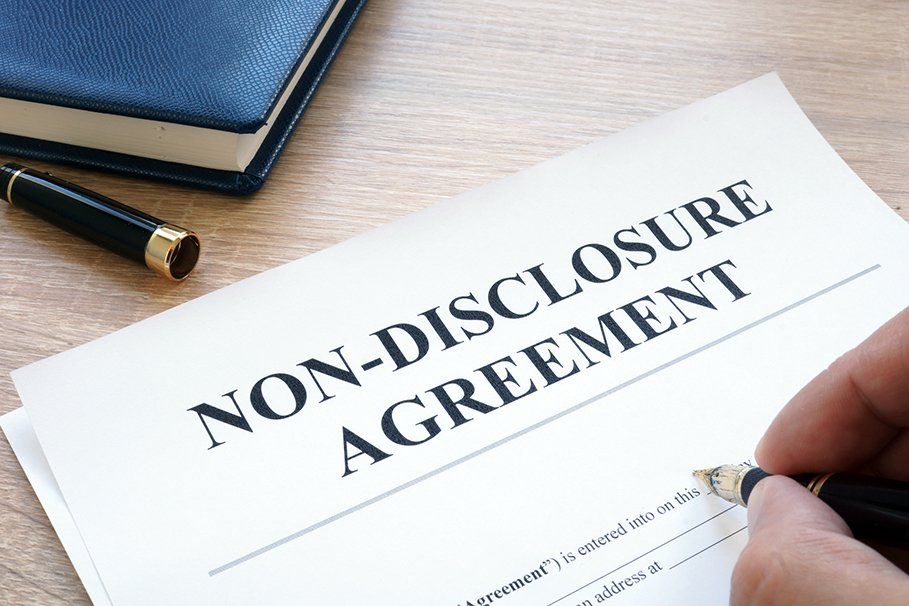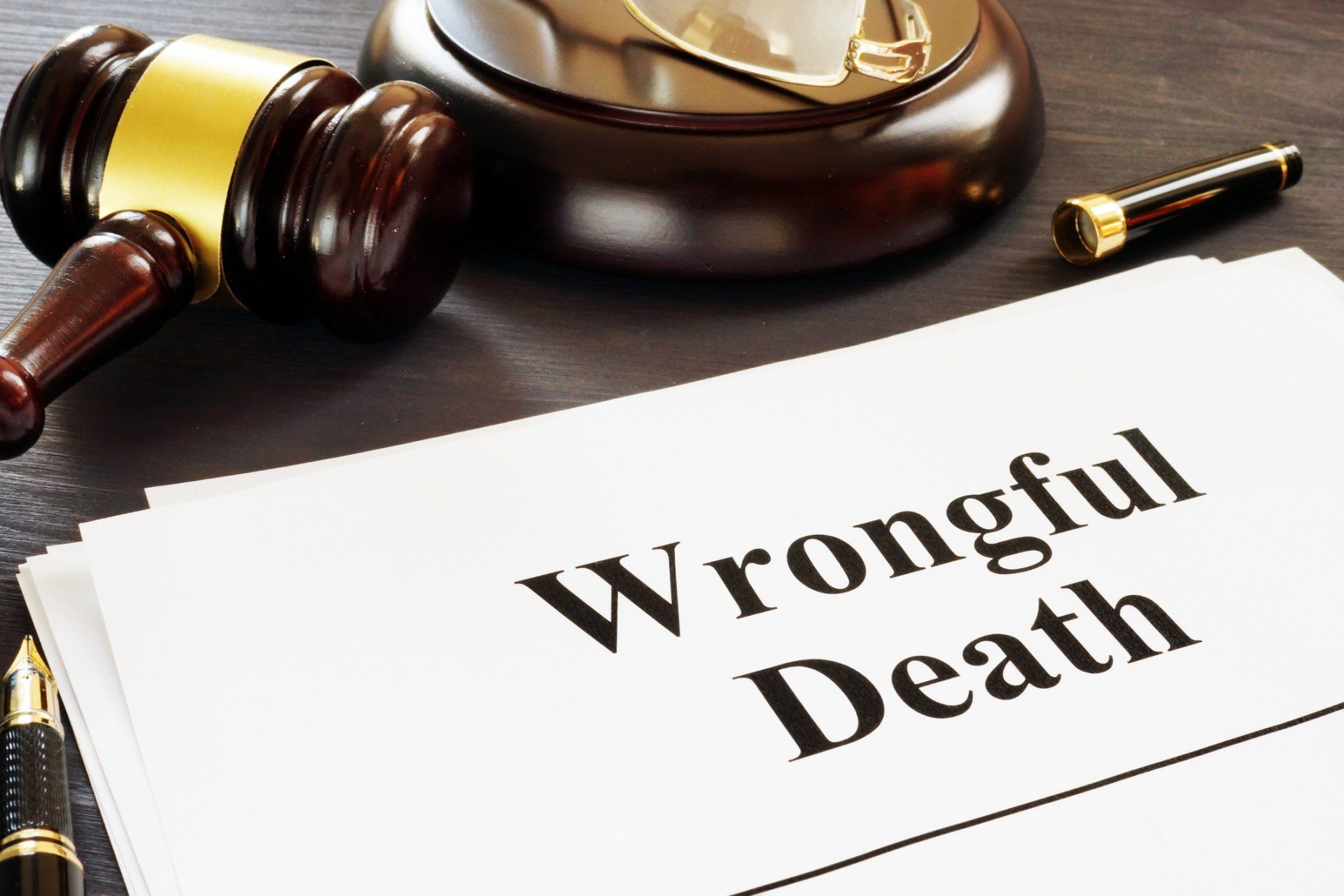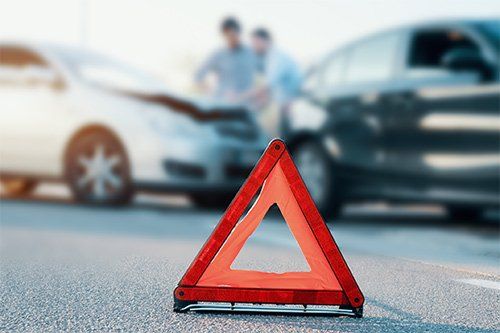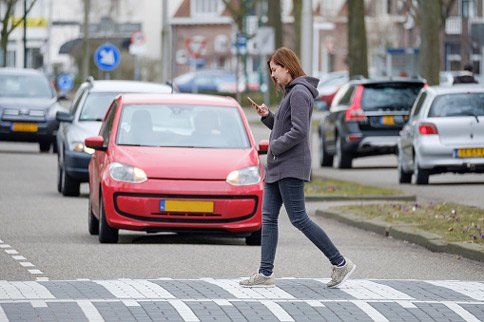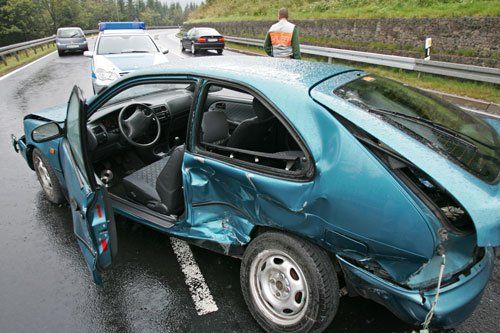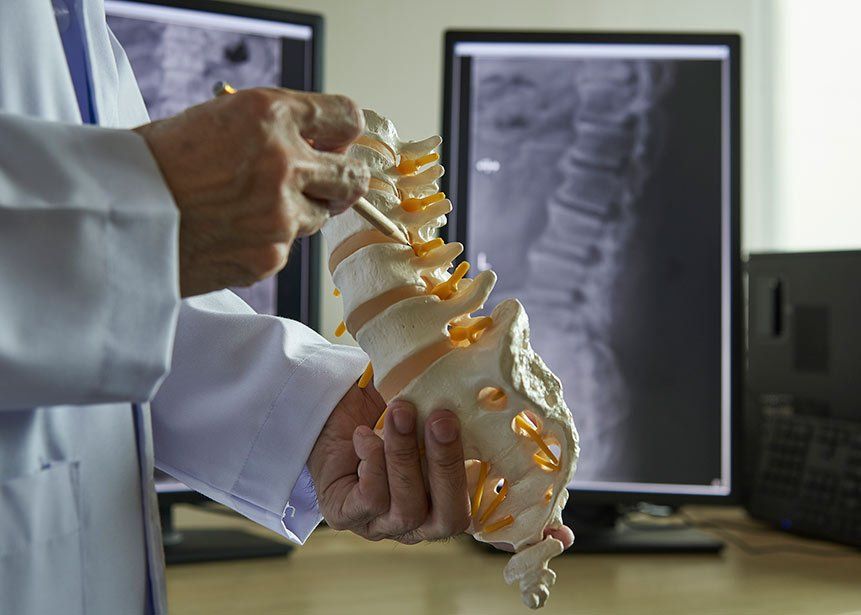Driving in the Fog: 3 Tips to Help Protect Yourself
- By websitebuilder@thryv.com
- •
- 20 Sep, 2017
- •
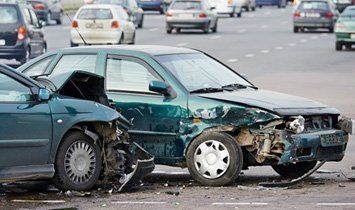
Automobile accidents occur every single day under various circumstances. The risk is literally always there, but there are a few factors that tend to significantly increase the chances of an accident occurring. One of those factors is the weather. In fact, weather accounts for over one million accidents each year.
Fog can be particularly dangerous, as many drivers don't even realize the extent to which it can alter their visibility while driving. Unfortunately, the effects of fog-related accidents can be truly devastating. Statistics show that there are more than 31,000 accidents per year, which injure more than 11,000 people and claim over 500 lives on average.
To help minimize your risk of being involved in an accident under foggy conditions, here are three tips to consider.1. Reduce Your Speed
The speed limit sign may say 70 miles per hour, but it doesn't mean that this is the safest speed for the prevailing conditions. Due to the fact that fog can significantly lower your visibility, it is important that you reduce your overall speed while driving.
Rather than paying attention to the state speed limit, you should focus on your speedometer and the speed that you feel comfortable driving. Fog essentially acts as a blindfold, so don't rely on physical markers to help you determine how fast you are driving.
Since fog can be so tricky and keep you from seeing too far ahead, you can rely on the lines on the road for assistance — preferably the line on the right side of the road to avoid getting too close to oncoming traffic.2. Avoid Using Your High-Beam Lights
Many people automatically assume that their bright lights are better than their regular lights in fog. However, high-beam lights actually make matters worse when driving in foggy conditions. In fact, your high-beam lights create a reflection that impairs your visibility, which is the last thing that you need in an already dangerous situation.
So make sure that you are only using your low-beam lights in the fog. If you have fog lights installed on your vehicle, you can use these. Fog lights will not only help you see the road better but will also make it easier for other drivers to see your vehicle.
Keep in mind that if you have a vehicle with daytime running lights that you may need to manually switch on your headlights. Otherwise, you will not have tail lights and vehicles behind you may be unable to easily see your vehicle creating a potentially hazardous situation.3. Do Not Stop in the Road
If you are unable to see where you are driving, it is okay to slow down to a speed at which you are comfortable driving, even if it means that other drivers are unhappy with you. If you get to a point to where you are uncomfortable with driving in the fog, then you should pull over. However, you should not stop in the middle of the road.
If you do decide to stop your vehicle, you need slowly and safely get off of the road. Make sure to get as far away from the road and traffic as you can. Once you have come to a stop, turn your lights off so that other drivers aren't confused and assume that you are in another lane of traffic, as this could result in a car accident.
Despite all the precautions taken in the world, you can still be involved in an accident due to the actions of other motorists. If another driver fails to take these precautions in the fog, it may result in a vehicle accident.
If you have been injured in a fog-related accident, you should consider reaching out to an experienced attorney at Richard D. Hoffman Law Offices. Contact us today to discuss the details of your case.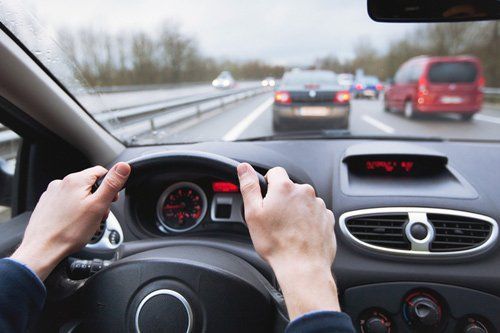
If you live in the city and the times of day you drive coincide with the times of day many others are also on the road, then you're going to be on the road during rush hour.
Automobile accident fatalities are significantly higher during evening rush hour traffic. If you have obligations that cause you to be on the road during rush hour traffic, then you should take some of the advice offered below to help decrease your chance of being involved in an accident.

If you think serious personal injuries only happen on the road or in dangerous places like amusement parks, think again. Many personal injuries occur at the places people often visit — for instance, at your local grocery store.
If you haven't considered the hidden dangers that can lurk in a grocery store, keep reading. We overview some of the most common personal injuries that occur in grocery stores and explain when and why you can hold the store responsible for your accident.
